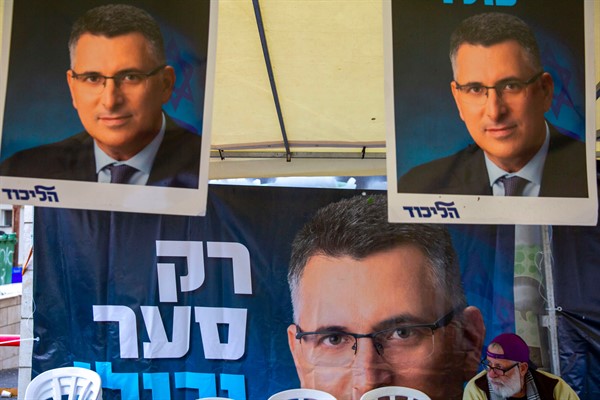Following a one-year respite, Israeli voters will head back to the polls on March 23 for their fourth election in two years. While trying to break Israel’s political gridlock is by now well-trodden ground, the upcoming contest will differ in one key way from the three that took place between April 2019 and March 2020.
In those elections, the main alternative to Prime Minister Benjamin Netanyahu and his right-wing Likud party was the newly formed Blue and White, a party led by former military chief Benny Gantz that did not have a clear ideological agenda or makeup. This time, however, Netanyahu’s primary threat is likely to be a popular fellow conservative who shares his ideology and worldview. This presents a different sort of challenge that will crystallize even further the new, fundamental divide in Israeli politics—one that centers around Netanyahu himself.
Israel’s string of three “Groundhog Day” elections—in which neither the Netanyahu-led right-wing bloc nor the Gantz-led centrist bloc emerged with enough seats to form a government—were temporarily halted last March, when Netanyahu and Gantz agreed to form a unity coalition based on an unprecedented power-sharing arrangement. It involved not only a prime ministerial rotation from Netanyahu to Gantz after 18 months, but the creation of the new post of alternate prime minister for Gantz in the interim and an equal split in Cabinet ministries, where the ministers in question could be replaced only by their own bloc leader, not by the prime minister. This arrangement allowed Netanyahu to remain in the top job even while facing trial on three charges of fraud, bribery and breach of trust. It also allowed Gantz, who had previously pledged not to serve alongside Netanyahu, to take credit for putting the country’s interests first and trying to tackle the challenges presented by the COVID-19 pandemic, even while theoretically preserving the possibility of replacing Netanyahu.

